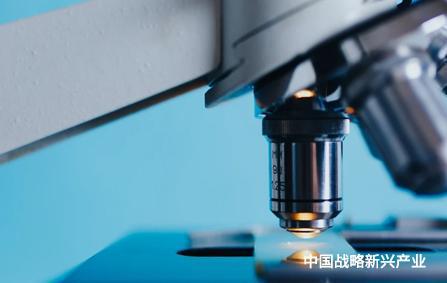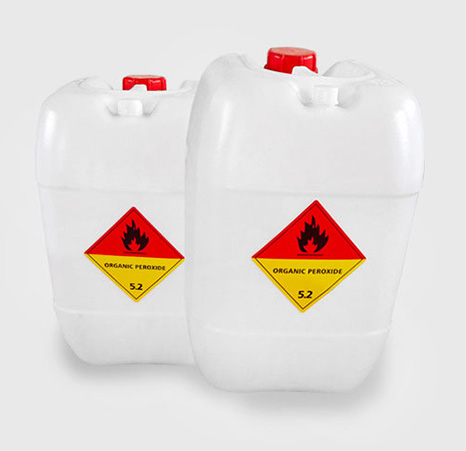Scientists predict activity of solid oxide fuel cell cathode
On September 5, Xie Heping, an academician of the CAE Member and a distinguished professor of Shenzhen University, together with Ni Meng, a professor of Hong Kong Polytechnic University, and Shao Zongping, a professor of Nanjing University of Technology, published their research results in Nature Energy. They combined machine learning, theoretical calculation and ceramic solid oxide development, and developed a machine learning screening technology for cathode materials that has been verified by experiments, which can quickly and effectively screen highly active cathode materials for solid oxide fuel cell from huge perovskite components.

Coal-fired power plants are limited by the Carnot cycle, resulting in high coal consumption per unit of power generation and difficulty in breaking the technical bottleneck of carbon dioxide emissions. The near zero carbon emission direct coal fuel cell power generation technology proposed and currently being researched by Xie Heping's team can break the Carnot cycle limitation, instead of burning, directly convert the chemical energy of modified coal into electrical energy through electrochemical oxidation process. At the same time, the secondary utilization of carbon dioxide can be achieved in situ within the system, which has the characteristics of high energy conversion efficiency and achieving near zero carbon emissions.
Xie Heping's team applied machine learning technology to research on the screening of highly active cathode materials for solid oxide fuel cell. This study introduced Lewis acidity intensity (ISA) as a descriptor, which is strongly related to the kinetic reaction rate of perovskite oxide oxygen reduction at high temperatures, and validated the effectiveness of eight different regression models.
Finally, they selected four perovskite cathode materials from 6871 different perovskite oxides automatically generated and predicted by the machine and successfully synthesized them. In the three-dimensional visualization diagram, the intrinsic activity Lg (ASR) of the four cathode materials follows a roughly linear trend with the ISA descriptor. The electrochemical impedance spectra of the four perovskite oxide cathodes were analyzed and quantified using a relaxation time distribution (DRT) model and an equivalent circuit model. The intermediate frequency resistance of the four perovskite oxide cathodes showed significant differences and exhibited significant thermal activation characteristics, indicating that the surface oxygen transfer related process was the determining step in the kinetics of oxygen reduction reactions.
Experimental characterization and density functional theory (DFT) calculations have clarified the mechanism of the intrinsic activity enhancement of perovskite oxide Lewis acid regulation strategy, and revealed the mechanism that the polarization distribution of Lewis acid ions at A and B sites causes the shift of electron pairs, thereby reducing the generation energy and migration barrier of oxygen vacancies.
According to the research team, compared to the high-throughput DFT calculation method, this method does not require the establishment of a molecular model. It can only predict material properties by training the regression model through molecular formulas, breaking the technical barrier of low efficiency in cathode material development. In the future, it is necessary to accelerate the construction of material databases.
The copyright of all articles, images, audio and video files, and other materials reproduced on this website belongs to the copyright owner. If the author's rights are infringed upon due to inability to contact, please contact this website and we will take appropriate measures.



